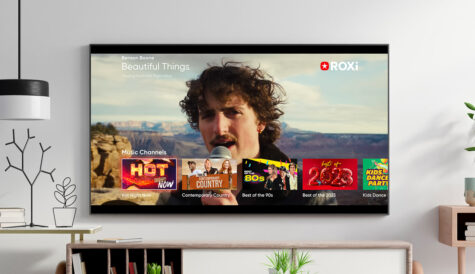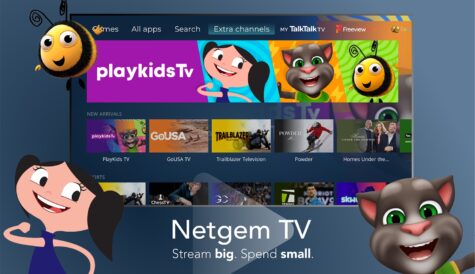ETSI brings UHD TV and HDR closer with publication of DVB spec
UHD TV services including HDR have moved a step closer to becoming a reality with the publication by the European Telecommunications Standards Institute (ETSI) of a new DVB-approved video and audio coding spec covering HDR.
The move follows approval by the DVB Steering Board for TS 101 154 V2.3.1 – “Specification for the use of Video and Audio Coding in Broadcasting Applications based on the MPEG-2 Transport Stream”.
The DVB Steering Board approved the spec in November last year, describing it as a “tipping point” for UHD TV.
According to the DVB, the standard will facilitate the interoperability that will enable broadcasters and consumer electronics manufacturers to provide DVB UHD-1 Phase 2 products and services. UHD-1 Phase 2 is the version of the DVB’s UHD TV standard that includes HDR as well as 4K resolution.
The DVB spec includes support for both Hybrid Log Gamma (HLG) and Perceptual Quantizer (PQ) transfer functions to enable HDR services.
In addition to HDR, the standard defines Higher Frame Rates (HFR), going beyond the current 50/60 frames per second.
The specification also includes the latest Next Generation Audio (NGA) schemes to provide immersive and personalised audio content using object- or scene-based audio coding.
The DVB said that over 30 companies and other interested parties participated in the Technical Module group on Audio-Visual Coding (TM-AVC), with about 50 online meetings and 10 days of physical meetings taking place before the spec was agreed.



